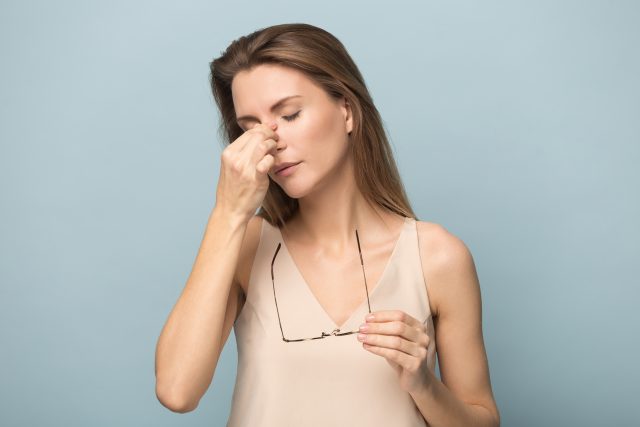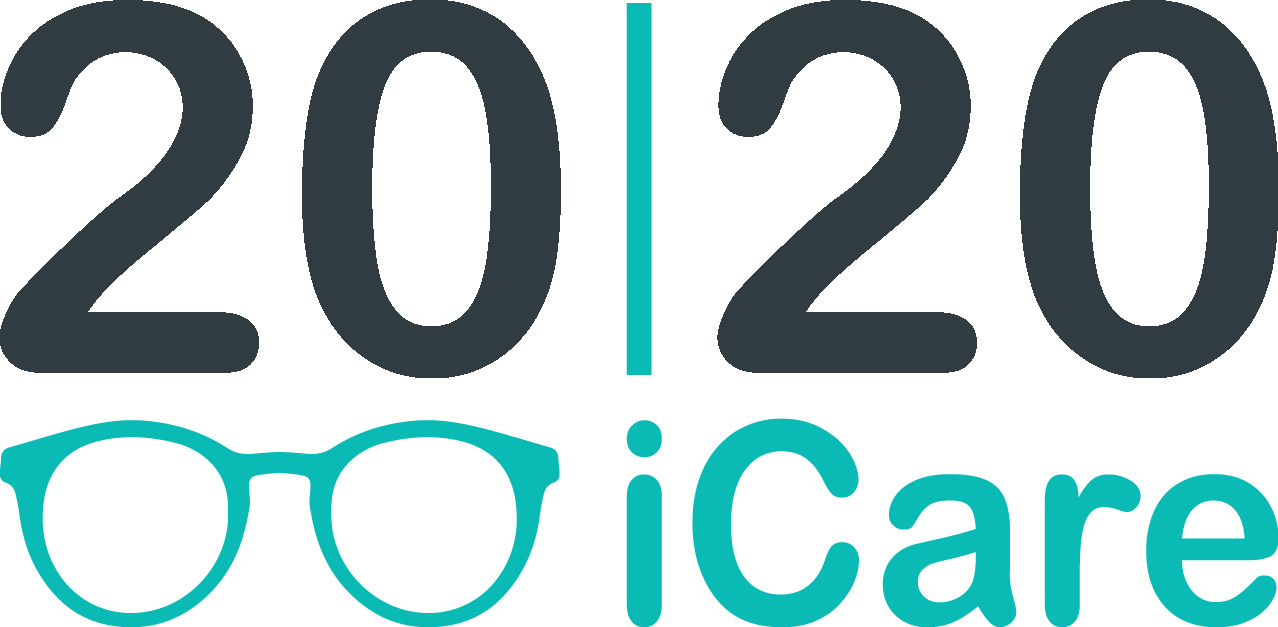Conquer Dry Eye with Lasting Relief and Recovery in Longview
Dry eyes can transform simple activities into uncomfortable challenges, affecting your quality of life. With this in mind, our mission is to provide a thorough and personalized approach to dry eye management using the latest diagnostic techniques and treatment plans.

What is Dry Eye Syndrome?
Dry eye syndrome, or dry eye disease, occurs when the eyes do not produce enough tears or the tears evaporate too quickly. This can lead to inflammation and damage to the eye's surface. Symptoms include irritation, redness, a gritty feeling, and even watery eyes as the body attempts to compensate for the dryness.

The Common Causes of Dry Eye
- Hormones: Women are more susceptible to dry eye due to birth control, menopause, and pregnancy
- Environmental Factors: Wind, dry air, and smoke can worsen dry eye symptoms
- Screen Use: Prolonged use of digital devices leads to reduced blinking and increased tear evaporation.
- Aging: Tear production naturally decreases with age
- Medical Conditions: Diseases like rheumatoid arthritis, Sjögren's syndrome, and thyroid disorders can contribute to dry eyes
- Medications: Certain medications, including antihistamines, decongestants, and antidepressants, can reduce tear production
Meibomian Gland Dysfunction (MGD): The Leading Cause of Dry Eye
MGD is the primary culprit behind dry eye, which affects millions worldwide. This condition is caused by the meibomian glands in the eyelids failing to produce or release enough oil into the tears. This oil layer is crucial for preventing the rapid evaporation of tears, helping maintain hydration, and protecting the eyes from environmental irritants.

Our Approach to Dry Eye Treatment
At our center, we don't just treat symptoms; we seek to understand and address the root cause of your dry eye.
Step 1: Detailed Diagnosis
Our journey begins with a thorough diagnostic process using the latest dry eye evaluation technology. This may include tear quality assessments, meibomian gland imaging, and tear production tests.
Step 2: Personalized Treatment Plans
Based on your diagnostic results, we develop a personalized treatment plan that may include:
- Artificial Tears: Over-the-counter artificial tears can provide relief for mild cases
- Prescription Eye Drops: These can help increase tear production or reduce inflammation
- Serum Rewetting Drops: Crafted from the patient's blood serum, they're diluted with sterile saline to mimic natural tears closely
- Punctal Plugs: To block tear ducts and reduce tear loss
- Manual Gland Expression: Treatments like warm compresses or in-office procedures can unclog oil glands on the eyelid edges
- Lifestyle Modifications: Adjusting your environment and screen habits to reduce symptoms

